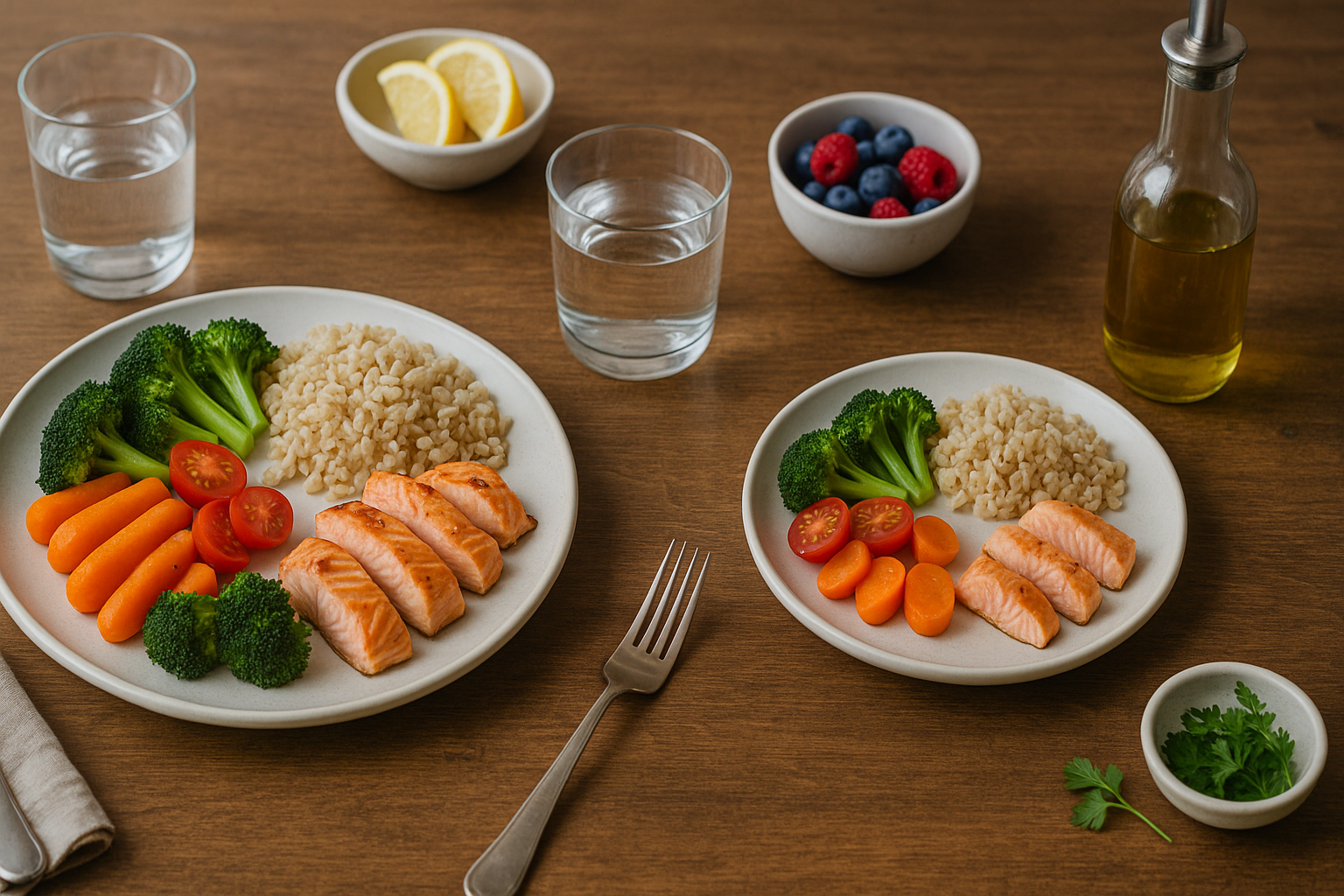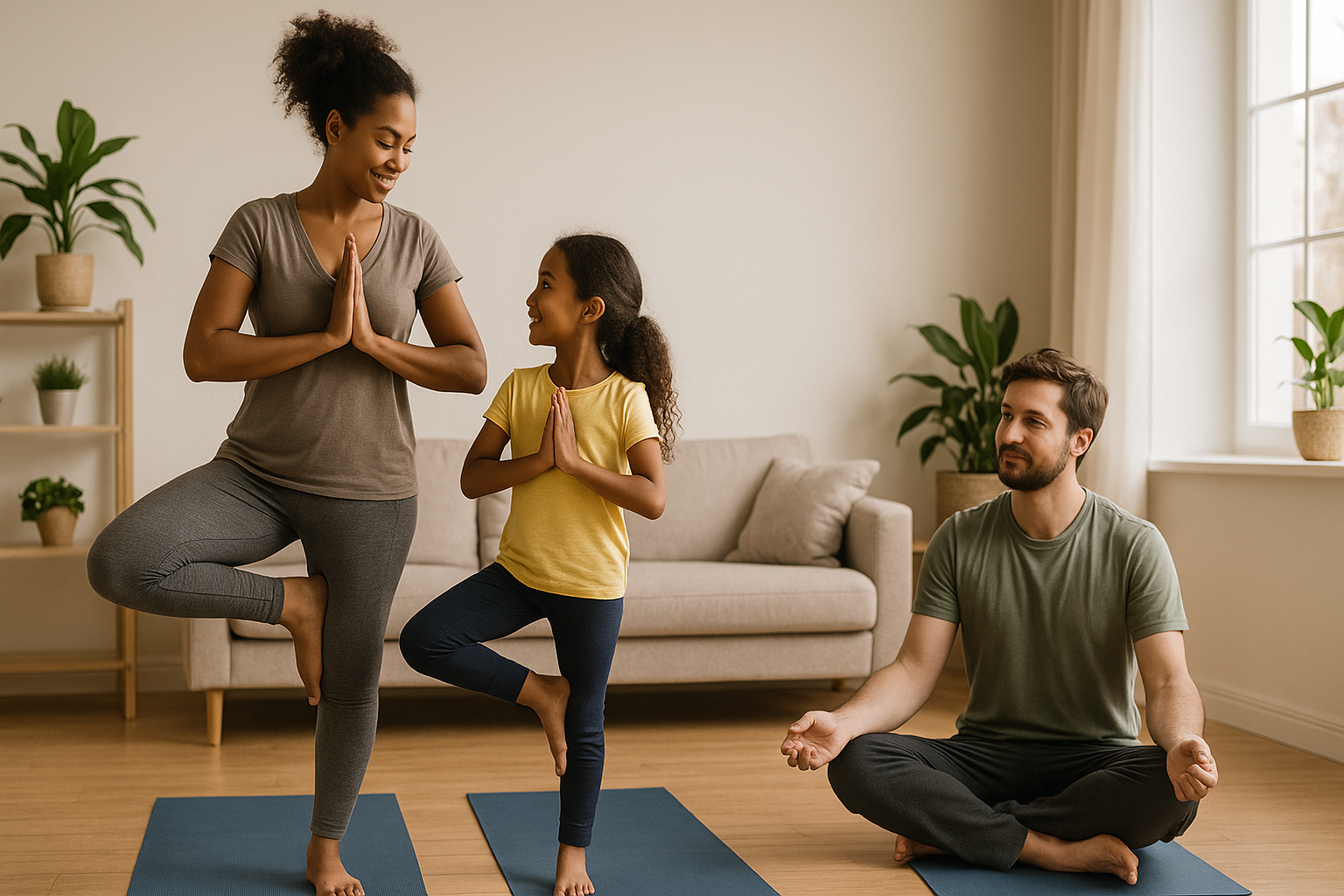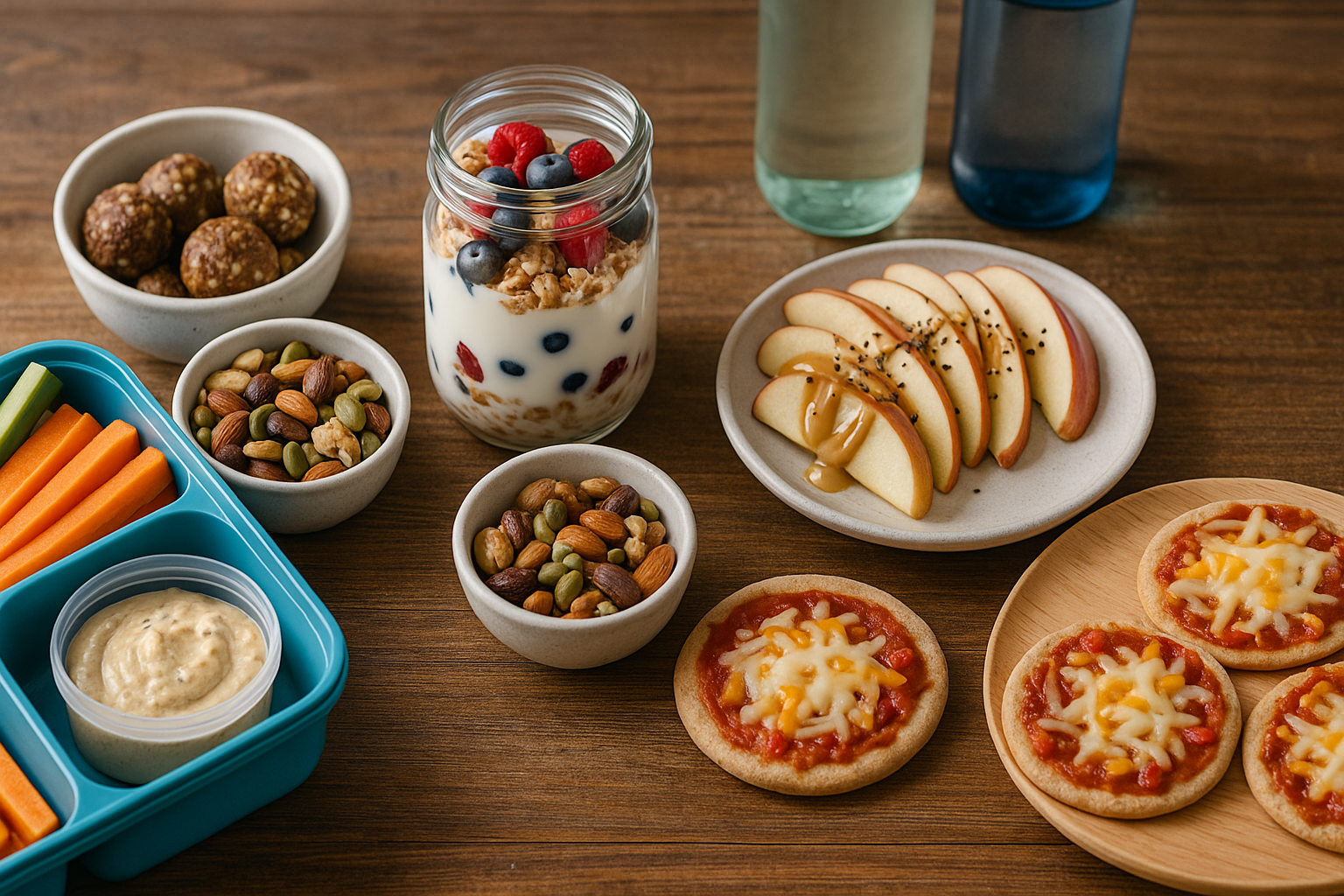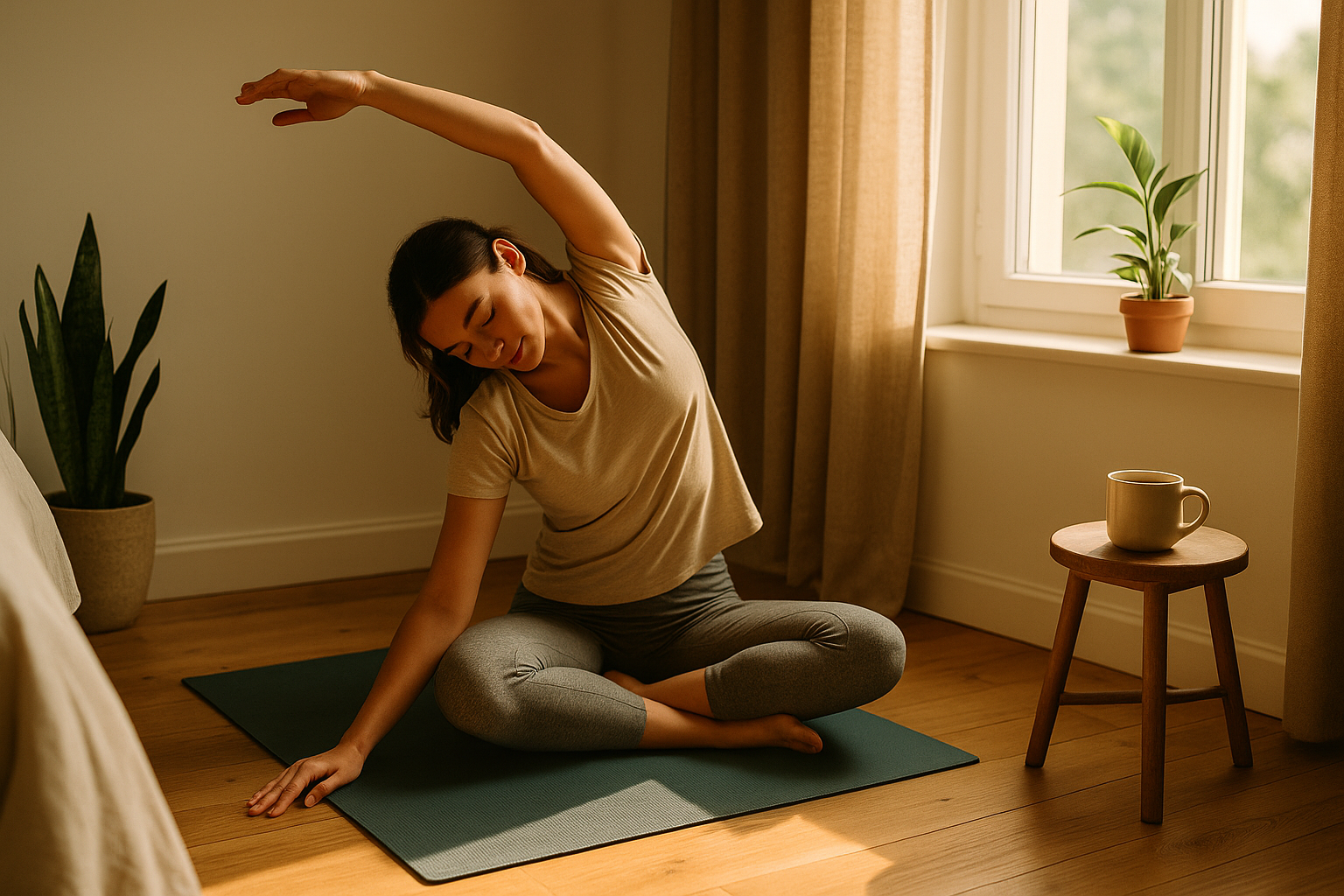Food needs change as we grow—but balance never goes out of style. Use this practical family nutrition guide to build plates that work for toddlers, teens, adults, and older adults alike. With a few smart balanced diet tips and healthy meal planning, you can nourish everyone at the table without cooking four different dinners.
The Everyday Plate Formula
Start with a simple visual: aim for a plate that’s ½ colorful produce, ¼ protein, and ¼ smart carbs (whole grains or starchy veggies), plus a thumb-size portion of healthy fats. Season with herbs, citrus, and spices to curb salt and added sugar.
- Produce (½): leafy greens, tomatoes, peppers, carrots, berries.
- Protein (¼): chicken, fish, tofu, beans, eggs, Greek yogurt.
- Smart carbs (¼): brown rice, quinoa, whole-wheat pasta, potatoes, corn.
- Fats: olive oil, avocado, nuts, seeds, tahini.
Nutrition by Life Stage
Toddlers (1–3 years)
Offer small, frequent meals. Focus on iron, calcium, and fiber.
- Iron: eggs, beans, fortified oatmeal; pair with fruit for vitamin C.
- Calcium: milk or fortified alternatives, yogurt, cheese.
- Texture & variety: serve bite-size versions of family foods; avoid added sugar drinks.
Kids (4–8 years)
Appetites swing—keep structure consistent.
- Protein at every meal: yogurt parfaits, turkey roll-ups, hummus and pita.
- Fiber goals: swap white bread/pasta for whole grain; add fruit or veg at snacks.
- Hydration: water first; save juice for occasional, diluted treats.
Preteens & Teens
Rapid growth means higher calories, calcium, and iron needs.
- Calcium + vitamin D: dairy or fortified milks, tinned salmon, leafy greens.
- Iron: lean meats, beans, fortified cereals—especially important for menstruating teens.
- Smart snacks: trail mix, cheese and fruit, smoothies with yogurt and oats.
Adults
Prioritize plants, protein distribution, and mindful portions.
- Protein pacing: include 20–30g protein per meal to support muscle.
- Cardio-friendly fats: olive oil, nuts, fatty fish (salmon, sardines) 2x/week.
- Added sugar audit: aim for <10% of calories; read labels for syrups and sneaky sugars.
Older Adults
Muscle and bone protection come first.
- Protein priority: eggs, Greek yogurt, beans, fish; consider a protein-rich snack.
- Bone health: calcium + vitamin D sources; add leafy greens and fortified foods.
- Flavor and texture: use herbs, citrus, and softer produce if appetite or chewing is an issue.
Healthy Meal Planning That Actually Sticks
- Plan around 3 anchors: one pan protein (chicken/thighs or tofu), one grain (quinoa, brown rice), one veg tray (roast a sheet pan). Mix-and-match all week.
- Batch breakfast: make overnight oats or egg muffins to guarantee a protein start.
- Snack smart: pair protein + produce (apple + peanut butter, yogurt + berries) to steady energy.
- Freezer backups: soup, chili, or fish fillets keep you on track when plans change.
Portion & Plate Tips for Families
- Use smaller plates or bowls to right-size servings without calorie counting.
- Serve veggies first while everyone’s most hungry; keep a raw veg platter on the table.
- Flavor upgrade: finish meals with lemon, vinegar, or fresh herbs to reduce salt dependence.
- Drink cue: water before and with meals; sparkling water with citrus for soda swaps.
One-Week Balanced Menu (Plug & Play)
- Breakfasts: Greek yogurt + fruit + granola; veggie omelet + toast; overnight oats with chia.
- Lunches: quinoa bowls (beans, roasted veg, avocado); turkey & hummus wraps + carrots; lentil soup + salad.
- Dinners: salmon, brown rice, broccoli; chicken fajita bowls; tofu stir-fry with mixed veg; pasta + turkey meat sauce + side salad; baked potato bar with beans and toppings.
Tweak portions by age: smaller scoops for little kids, extra protein/grain for teens and very active adults.
Conclusion
Balanced eating doesn’t require perfection—just a reliable pattern. Use the half-veg, quarter-protein, quarter-grain model, adjust for life stage, and keep staples prepped. With these balanced diet tips and healthy meal planning habits, this family nutrition guide will make every plate simple, satisfying, and age-appropriate.





